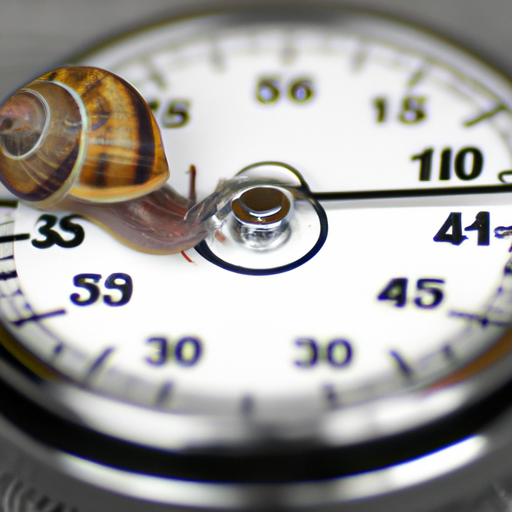Why the Slowest Step is the Rate Determining Step: Unraveling the Chemistry Behind Reaction Kinetics
In the fascinating world of chemistry, understanding reaction kinetics is crucial for predicting and controlling the rate at which chemical reactions occur. One key concept in reaction kinetics is the rate determining step, which refers to the slowest step in a reaction mechanism. But why is the slowest step so important? Let’s delve into the chemistry behind it.
The Basics of Reaction Kinetics
Before we dive into the rate determining step, let’s briefly review reaction kinetics. Chemical reactions involve the breaking and forming of chemical bonds, resulting in the transformation of reactants into products. The rate of a chemical reaction is the speed at which the reactants are consumed and the products are formed.
Reaction kinetics helps us understand the factors that influence the rate of a reaction, such as temperature, concentration, and catalysts. It also provides insights into the reaction mechanism, which is a step-by-step description of how the reactants transform into products.
Understanding the Rate Determining Step
In any reaction mechanism, multiple steps occur before the final products are obtained. These steps involve the collision and interaction of molecules, leading to the formation of intermediates, which are short-lived species that exist momentarily during the reaction.
The rate determining step, also known as the slowest step, is the step that limits the overall rate of the reaction. It determines the rate at which the reactants are consumed and the products are formed. The rate of the overall reaction cannot exceed the rate of the slowest step.
Why is the Slowest Step Important?
The slowest step plays a crucial role in determining the overall rate of the reaction. It acts as a bottleneck, constraining the rate at which the reaction proceeds. Even if the other steps in the mechanism are fast, the overall rate will be dictated by the slowest step.
Identifying the rate determining step is essential for understanding the reaction kinetics and designing strategies to control the reaction rate. By manipulating the conditions that affect the rate determining step, chemists can optimize reaction conditions, enhance reaction efficiency, and even develop new catalysts.
Factors Affecting the Rate Determining Step
Several factors can influence which step in a reaction mechanism becomes the rate determining step. One crucial factor is the energy barrier, known as the activation energy, that must be overcome for a step to occur. If a step has a higher activation energy, it will likely be slower and become the rate determining step.
Another factor is the concentration of reactants. If a step involves a reactant that is present in low concentration, it may become the rate determining step because the collision frequency is reduced.
Additionally, the presence of catalysts can alter the reaction mechanism and change the rate determining step. Catalysts provide an alternative pathway with lower activation energy, allowing the reaction to proceed faster.
Conclusion
In summary, the slowest step in a reaction mechanism, known as the rate determining step, plays a crucial role in determining the overall rate of a chemical reaction. It acts as a bottleneck, limiting the rate at which reactants are consumed and products are formed. Understanding and manipulating the rate determining step is essential for controlling reaction kinetics and optimizing reaction conditions. By unraveling the chemistry behind reaction kinetics, scientists can unlock new possibilities in various fields, from pharmaceuticals to materials science.




